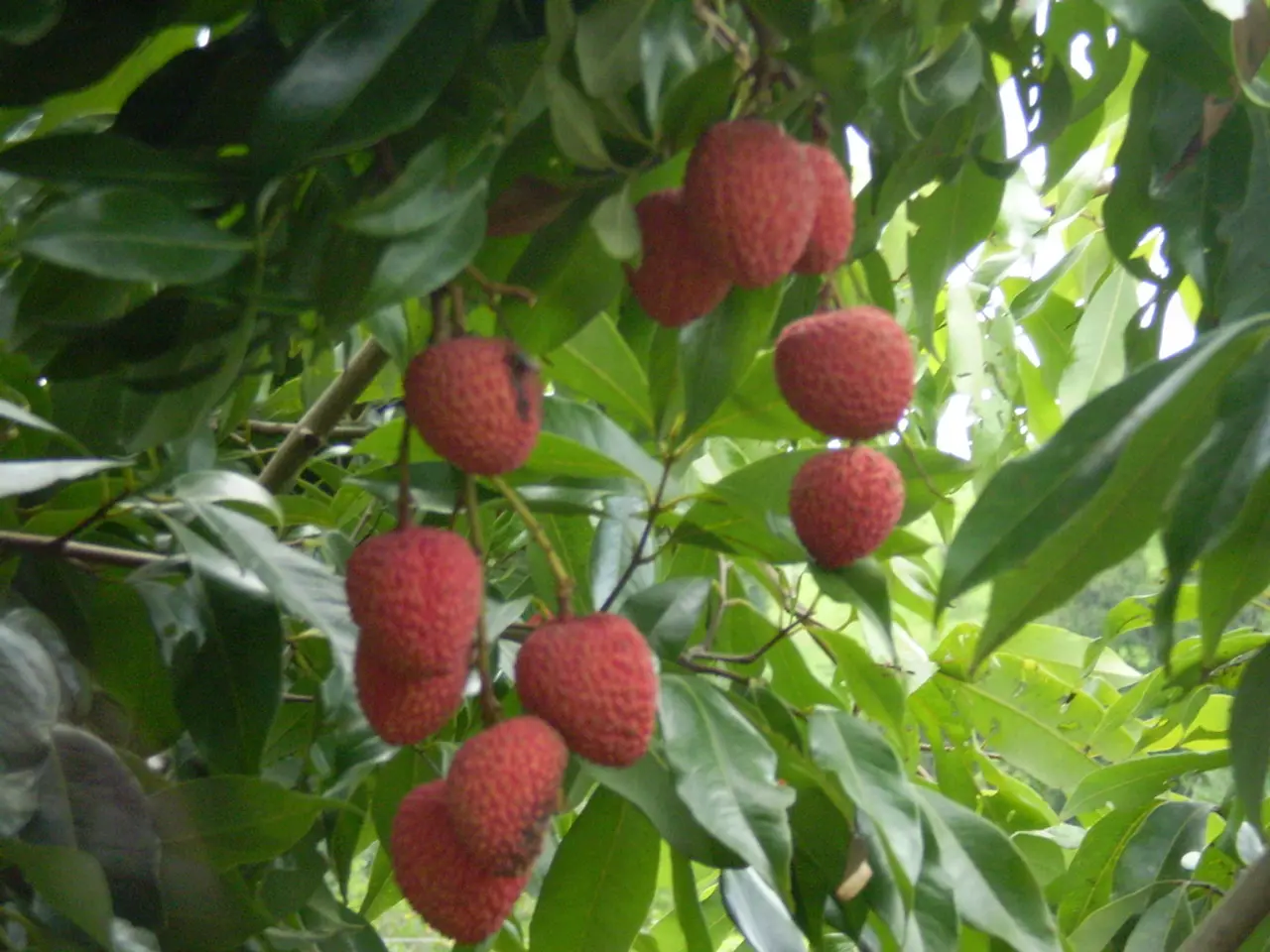Growing Strawberries in Pots: Simple Tutorial for Home-Grown, Juicy Berries at Your Fingertips
Growing strawberries in containers is an excellent way to enjoy fresh, flavorful fruit even in limited spaces like balconies or small patios. Here's a comprehensive guide to help you maximize container strawberry growth.
Choosing the Right Container
Choose a container with good drainage that is at least 8-12 inches deep. Ideally, opt for plastic or terracotta pots suited for small spaces. The container should have a minimum diameter of 12 inches.
Preparing the Soil
Prepare a well-draining, fertile soil mix—rich in organic matter and slightly acidic to neutral pH is best for strawberries. A suitable soil mix can be achieved by mixing equal parts of peat moss or coconut coir, perlite or coarse sand, and compost or organic matter.
Planting Strawberries
Plant strawberry seedlings or runners with the crown just above the soil surface, spacing them adequately to allow air circulation and runner growth. Remove flowers early in the first few weeks after planting to promote stronger root and runner development.
Caring for Strawberries
Keep the soil consistently moist but not waterlogged by watering regularly, especially in warm weather. Place containers in a location with at least 6 hours of direct sunlight daily. Fertilize monthly with a balanced fertilizer to support growth and fruiting. Watch for pests like slugs or birds; covering plants or using natural deterrents can help protect your crop.
Harvesting and Storage
Harvest ripe strawberries promptly to encourage further fruiting. When storing bare root plants before planting, keep roots moist and cool (32-40°F), rehydrate roots in water before planting, and monitor regularly to avoid mold.
Additional Tips
- Use fresh water to moisten soil before planting, provide humidity protection to seedlings initially, and apply straw, pine needles, or mulch around the plants to conserve moisture, suppress weeds, and keep fruit clean.
- Rotate containers to maximize sunlight exposure.
- Container materials like terracotta, plastic, or wood can be used for growing strawberries, with each material affecting temperature regulation and aesthetics.
Types of Strawberries for Container Gardening
There are two main types of strawberries suitable for container gardening: June-bearing and everbearing. June-bearing strawberries produce a single, large crop in late spring or early summer, while everbearing strawberries produce smaller crops throughout the growing season.
Fertilizing and Soil Maintenance
Use a balanced, slow-release fertilizer or liquid feed every 4-6 weeks during the growing season. Replace or refresh soil annually to maintain fertility.
By following these steps, you'll be well on your way to enjoying a sweet, abundant harvest of strawberries in your container garden. Happy growing!
To create a healthy lifestyle, incorporating healthy-cooking methods is essential. Preparing nutritious food-and-drink options, like strawberries grown in your home-and-garden container setup, can contribute positively to your health. By selecting the right container, caring for strawberry plants, and ensuring optimal soil and fertilization, you can grow and enjoy fresh, flavorful strawberries in limited spaces like balconies or small patios. This home-and-gardening skill is not only beneficial for your health but also adds charm to your lifestyle.




